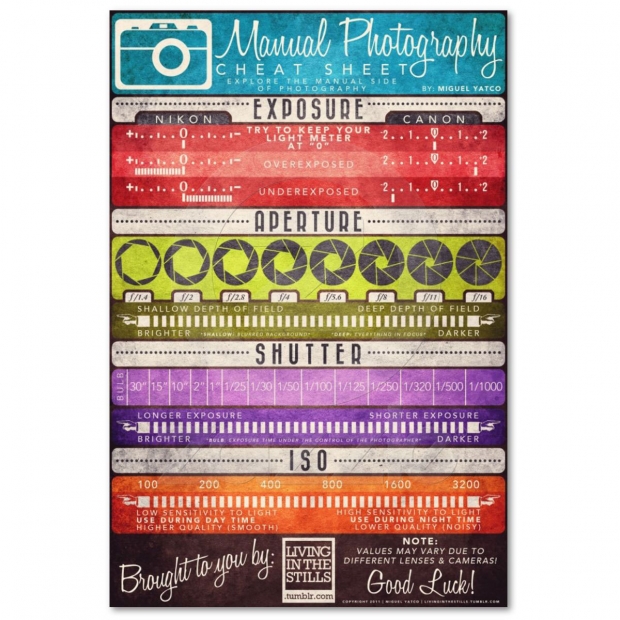Photography Tips For Beginners: Understanding Your Electronic Camera Quickly
Photography Tips For Beginners: Understanding Your Electronic Camera Quickly
Blog Article
Web Content By-Ballard Ploug
When you initially get your camera, it can feel overwhelming with all the setups and options offered. You could find yourself asking yourself how to navigate aperture, shutter rate, and ISO successfully. Grasping these fundamentals is important, but there's more to photography than just technical knowledge. Understanding composition strategies and lighting problems can boost your photos drastically. So, suppose you could learn easy techniques to improve your skills and begin capturing outstanding pictures quicker than you assume? Allow's check out just how to transform your digital photography journey.
Recognizing Camera Setups
Recognizing your cam setups is important for capturing stunning pictures. When you get your electronic camera, acquaint yourself with the three main setups: aperture, shutter rate, and ISO. Each plays a crucial role in how your photos turn out.
Begin with aperture, which regulates the quantity of light getting in the lens. A larger aperture (lower f-number) lets in extra light and produces a stunning history blur, best for pictures. On the other hand, a narrower aperture (higher f-number) maintains more of the scene in focus, perfect for landscapes.
Next, focus on shutter speed. This setup establishes how much time your camera's sensing unit is exposed to light. A fast shutter speed freezes activity, which is terrific for activity shots, while a slow-moving shutter rate can develop stunning results like smooth water in landscapes.
Finally, adjust your ISO. This setting affects your camera's sensitivity to light. A higher ISO serves in low-light situations but can present noise or grain. Aim for the lowest ISO feasible while still attaining appropriate direct exposure.
Make-up Strategies
When you're out capturing, structure can make all the distinction in how your photos resonate with customers. Beginning by utilizing the policy of thirds; imagine your structure split right into 9 equivalent sections with two straight and two vertical lines. Setting https://telegra.ph/Just-How-To-Discover-Your-One-Of-A-Kind-Design-As-A-Photographer-01-08 along these lines or at their crossways to develop balance and passion.
Next, think about leading lines. These all-natural lines in your scene, like roadways or rivers, draw the audience's eye right into the photograph, guiding them via the tale you're informing.
Don't ignore mounting; usage elements within your scene, like trees or windows, to develop a structure around your subject, adding depth and emphasis.
Additionally, watch on your history. A cluttered history can sidetrack from your primary topic, while a straightforward one assists it attract attention.
Lastly, experiment with balance and patterns; they can produce a striking image that catches attention.
Learning Lights Conditions
Mastering illumination conditions is crucial for catching magnificent photographs, as the appropriate light can change a regular scene into something remarkable.
Beginning by observing all-natural light at different times of the day. Early mornings and late afternoons provide the best light, referred to as the golden hour. The soft, cozy tones during these times can boost your pictures beautifully.
Do not avoid https://blogfreely.net/julio19dagny/typical-errors-new-photographers-make-and-exactly-how-to-prevent-them ; diffused light can minimize rough darkness and create a pleasing result, specifically for pictures.
Try out backlighting by positioning your topic against the source of light. This strategy can produce a dreamy halo result and include depth to your pictures.
Take note of your video camera settings as well. Adjust the ISO, aperture, and shutter speed to match the lighting conditions. A higher ISO can aid in reduced light, but beware of grain.
Utilize a tripod in darker atmospheres to avoid blur.
Finally, don't neglect synthetic lighting. Flash and continuous lights can be wonderful devices for managing light in difficult problems.
https://www.calvertjournal.com/features/show/11868/cliche-photography-experts-new-east-photo-prize
To conclude, understanding your video camera does not need to be overwhelming. By understanding your settings, using composition methods, and using the power of natural light, you'll promptly raise your digital photography skills. Keep in mind, practice makes excellent, so venture out there and experiment with your newfound expertise. With time and devotion, you'll be catching stunning photos that show your special perspective. Appreciate the trip, and don't forget to enjoy while you go to it!
